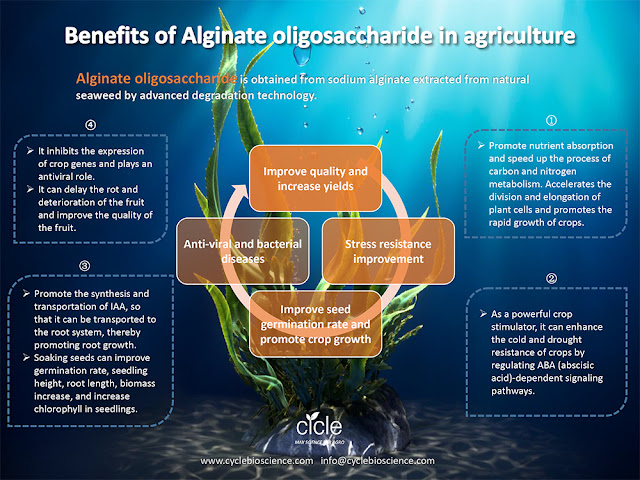How to prevent discoloration of tomato sepals
Recently, many vegetable farmers have reported that the quality of tomato sepals are poor and turned brown, so that the fruit does not look bright, which affects the sales price, and many vegetable farmers have no remedy for this. There are four main reasons for the poor quality of tomato sepals. Vegetable farmers can take preventive measures.
1. Root injury is growing poorly
Due to drought, waterlogging, excessive fertilization, etc., the roots are damaged, the plant growth is poor, and the plant's endogenous hormone synthesis is insufficient, which will cause the leaves to yellow and the sepals of the fruit will age and turn yellow-brown. This requires strengthening management, improving growth, and avoiding root-damaging factors.
Suggest
Irrigation with rooting agents to promote root recovery, foliar spray with 6000 times of sodium nitrophenolate and 1500 times of brassinolide plus 400 times of nucleotides to promote the green synthesis of tomato leaves and sepals.
2. High temperature causes discoloration of sepals
The high temperature of the fruit growing environment is one of the predisposing factors. High environmental temperature, strong plant metabolism, high nutrient consumption, aging fruits, and rapid senescence of sepals can easily cause yellowing and browning problems. The high temperature in the shed will also cause the air to dry out and cause the plants to lose excessive water, which will also cause the sepals to turn brown and yellow.
Suggest
During the fruit growth process, vegetable growers should pay attention to adjusting the dry humidity in the shed, and pour small water frequently to avoid yellowing of the dry tip of the sepals due to drought and water loss.
3.Excessive use of ripening drugs and red-stimulating drugs will make the sepals yellow
Use ripening agents, these drugs all contain ethephon, which not only promotes coloring and ripening, but also promotes fruit aging, making the sepals yellow and brown. Therefore, when using drugs containing ethephon, the concentration must not be too high.
4. Pests are the fourth cause of discoloration of sepals
Tetranychus mites are small, barely visible to the naked eye, and feed on plant sap as their nutrition. The common ones are Tetranychus cinnabarinus, Tetranychus truncatus, Tetranychus urticae, etc. During the growth and development of tomato fruits, if the spider mites are heavy, there will be many spider mites sucking juice in the calyx, dense and small. Insect mouth will cause the sepals to darken, turn yellow and white, and severely turn yellow-brown. Thrips file the plant sap, causing the sepals of the fruit to turn yellowish-brown, and some also make the pericarp next to the sepals turn into khaki or brownish-yellow.
If you have any question, please feel free to contact us:
Email:anne@cyclebioscience.com
Whatsapp:+86 15050351426






评论
发表评论